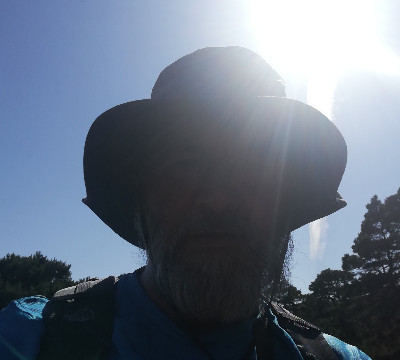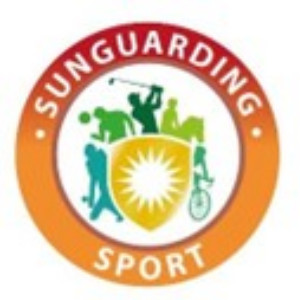Friday 27th May 2022, 1:16pm

Contributed by the Melanoma Fund
Sun protection is something many climbers tend to bypass. Protective clothing can inhibit movement, hats can fly off, sunglasses can dislodge, and sunscreen can be greasy, and when combined with sweat, it can cause a stinging sensation in the eyes. So, it’s not a surprise that many don’t bother, but at what cost?
Prolonged sun exposure will cause early ageing of the skin, wrinkles, age spots, hyperpigmentation and solar keratosis, which looks unsightly. Accumulated exposure can cause many types of non-melanoma skin cancer (NMSC), the most common cancer in the UK, which can be disfiguring. And at worst, melanoma, which can spread to other parts of the body.
When climbing at higher elevation, we are exposed to approximately 25 percent more ultraviolet radiation from the sun when compared to sea level. With rates of skin cancer in the UK up by 140% since the 90’s, forgoing sun protection, whatever your age or skin type or colour, is just too risky.
To create awareness and solutions, the Melanoma Fund created Sunguarding Sport, a free resource containing guidelines, sport specific advice and a toolkit of materials designed specifically for all in sport and outdoor recreation.
The campaign which launches on the 3rd May features guidelines and sport specific advice and is supported by 60+ national governing bodies of sport, including three major mountaineering organisations. The following tips for climbers have been taken from the campaign:
Michelle Baker, CEO of the Melanoma Fund, said: “Many of us reserve sunscreen for a beach holiday, thinking the sun in the UK is not hot enough to damage our skin. This is obviously not true, and is a perception that needs changing. With the support of the sports industry we aim to generate a fresh approach to tackling this preventable disease, for all who love the great outdoors.”
Visit the Sunguarding Sport website to educate yourself on the facts. Although building habits is never easy, by simply being aware, you can start to make small changes, keeping you up and out there for longer, because if not, why not?
For further details on all aspects of sun protection in sport, visit www.melanoma-fund.co.uk

Sun protection guidelines for those participating, spectating, or working in sport or outdoor recreation. The following specific tips and advice have been developed with the help of Mountain Training England and Mountaineering Scotland.
Understanding that the precautionary principle is usually adopted regarding safety equipment when mountain climbing, we understand that there is a general assumption that a chemical contaminant – like sunscreen – will cause an issue to personal protective equipment (PPE) unless proven otherwise. For this reason, please see below for guidance on how to minimise exposure of the PPE to potential chemical contaminants: